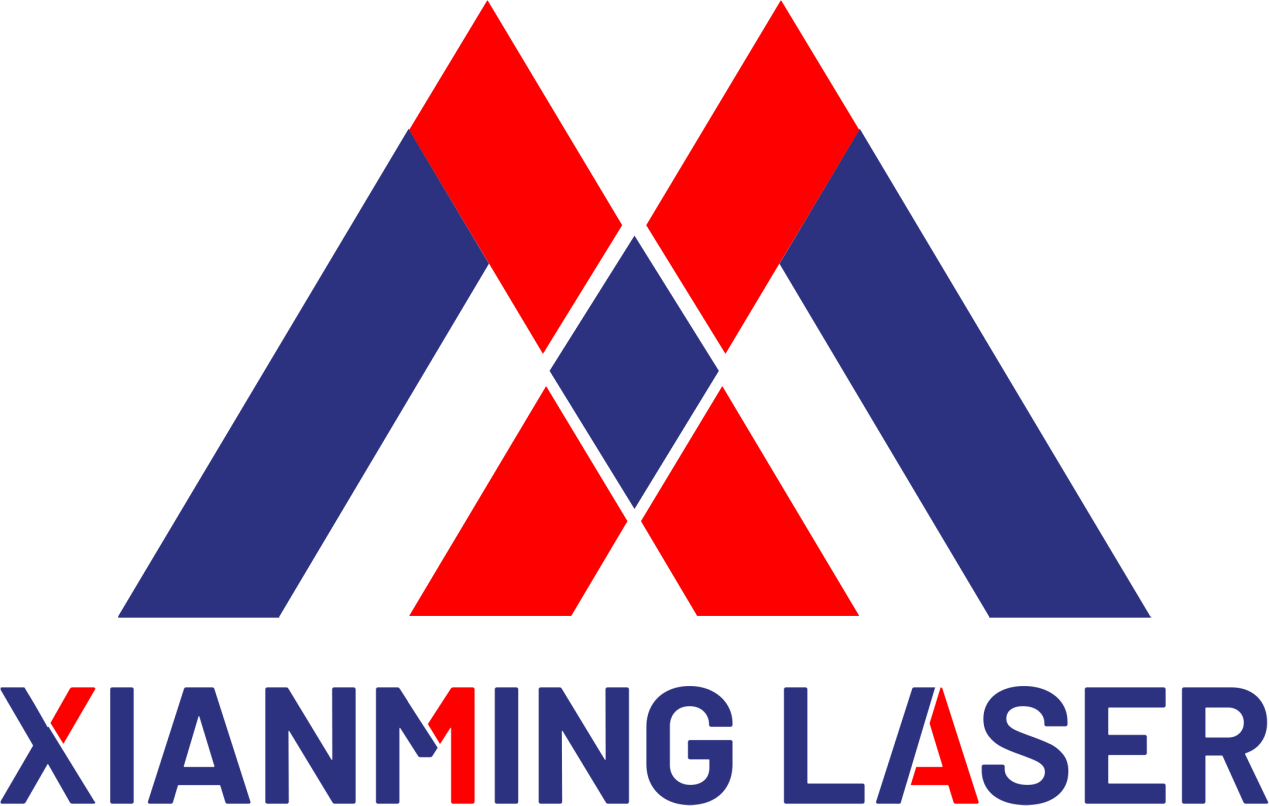เครื่องเชื่อมเลเซอร์ไม่ปล่อยแสง – สาเหตุทั่วไปและวิธีแก้ไข
เมื่อ เครื่องเชื่อมเลเซอร์ ไม่สามารถปล่อยแสงได้ โดยทั่วไปบ่งชี้ว่ามีปัญหาสัญญาณหรือการแจ้งเตือนภายในระบบ ด้านล่างนี้คือสาเหตุที่พบบ่อยที่สุดและวิธีการแก้ไขปัญหา เพื่อช่วยให้คุณระบุและแก้ไขปัญหาได้อย่างรวดเร็ว
 การแจ้งเตือนแหล่งกำเนิดเลเซอร์
การแจ้งเตือนแหล่งกำเนิดเลเซอร์
เมื่อแหล่งกำเนิดเลเซอร์เกิดข้อผิดพลาด สามารถตรวจสอบได้สองวิธี:
การแจ้งเตือนจากไฟแสดงสถานะแหล่งกำเนิดเลเซอร์: ไฟแสดงสถานะบนแหล่งกำเนิดเลเซอร์เปลี่ยนเป็นสีแดงหรือกะพริบ เพื่อบ่งบอกถึงข้อผิดพลาดภายใน
การแจ้งเตือนผ่านอินเทอร์เฟซระบบ: อินเทอร์เฟซควบคุมแสดงข้อความแจ้งเตือนแหล่งกำเนิดเลเซอร์
👉 วิธีแก้ไข:
เชื่อมต่อแหล่งกำเนิดเลเซอร์กับซอฟต์แวร์คอมพิวเตอร์หลักเพื่อตรวจสอบรหัสการแจ้งเตือนและคำอธิบายโดยละเอียด จากนั้นดำเนินการแก้ไขตามความเหมาะสม (เช่น ข้อผิดพลาดของอุณหภูมิ ข้อผิดพลาดของแหล่งจ่ายไฟ ข้อผิดพลาดในการสื่อสาร เป็นต้น)
 การแจ้งเตือนเครื่องทำความเย็น (Chiller)
การแจ้งเตือนเครื่องทำความเย็น (Chiller)
เครื่องทำความเย็นทำหน้าที่รักษาอุณหภูมิให้คงที่สำหรับทั้งแหล่งกำเนิดเลเซอร์และหัวเชื่อม เมื่อเกิดการแจ้งเตือน เลเซอร์จะหยุดการปล่อยแสงโดยอัตโนมัติเพื่อปกป้องระบบ การแจ้งเตือนที่พบบ่อยที่สุด ได้แก่:
สัญญาณเตือนอุณหภูมิสูง: มักเกิดจากคอมเพรสเซอร์เสียหรือสารทำความเย็นไม่เพียงพอ
สัญญาณเตือนการไหล: โดยทั่วไปเกิดจากท่อน้ำอุดตัน ปั๊มน้ำเสีย หรือตัวกรองอุดตัน
👉 วิธีแก้ไข:
ตรวจสอบสถานะการทำงานของเครื่องระบายความร้อน ยืนยันว่าคอมเพรสเซอร์ทำงานปกติหรือไม่ และทำความสะอาดวงจรน้ำและตัวกรองเพื่อให้การไหลของน้ำเป็นไปอย่างราบรื่น
 สัญญาณเตือนอุณหภูมิหัวเลเซอร์
สัญญาณเตือนอุณหภูมิหัวเลเซอร์
หากอุณหภูมิของเลนส์ป้องกันภายในหัวเลเซอร์สูงเกินไป ระบบจะหยุดการส่งพลังงานเพื่อป้องกันความเสียหาย
สาเหตุหลัก:
เลนส์สกปรก (ฝุ่น คราบน้ำมัน หรือสิ่งสกปรก)
เลนส์เสียหายแต่ไม่ได้เปลี่ยนทันเวลา
การทำงานต่อเนื่องในระยะยาวด้วยกำลังไฟสูง
👉 วิธีแก้ไข:
ควรทำความสะอาดหรือเปลี่ยนเลนส์ป้องกันเป็นประจำ ตรวจสอบระบบระบายความร้อนด้วยน้ำ และทำให้อุณหภูมิหัวเลเซอร์อยู่ในช่วงที่ปลอดภัยสำหรับการใช้งาน
 สาเหตุอื่นที่เป็นไปได้
สาเหตุอื่นที่เป็นไปได้
นอกจากสัญญาณเตือนแล้ว ปัญหาในการดำเนินงานหรือการเชื่อมต่อบางอย่างอาจทำให้ไม่มีการปล่อยเลเซอร์ออกมาได้:
หัวเลเซอร์ไม่สัมผัสกับชิ้นงาน หรือคลิปความปลอดภัยไม่ได้ถูกยึดแน่น
สายเคเบิลคลิปความปลอดภัยสัมผัสไม่ดี
ปุ่มระบบไม่ได้ถูกเปิดใช้งาน หรือการตั้งค่าระดับไฟฟ้าไม่ถูกต้อง ทำให้เลเซอร์ไม่สามารถรับสัญญาณทริกเกอร์ที่เหมาะสมได้
👉 วิธีแก้ไข:
ตรวจสอบจุดเชื่อมต่อแต่ละจุด สัญญาณของคลิปความปลอดภัย และการตั้งค่าของระบบ เพื่อให้มั่นใจว่าเงื่อนไขทั้งหมดสำหรับการปล่อยเลเซอร์ถูกปฏิบัติตามแล้ว
สรุป
เมื่อ เครื่องปั่นเลเซอร์ ไม่ปล่อยแสงออกมา มักเกิดจากกลไกป้องกันของระบบตอบสนองต่อข้อผิดพลาด ผู้ปฏิบัติงานควรตรวจสอบแหล่งที่มาของสัญญาณเตือนอย่างระมัดระวังและดำเนินการแก้ไขตามความเหมาะสม การบำรุงรักษาเป็นประจำ การทำความสะอาดเลนส์ และการทำงานของเครื่องทำความเย็นที่ถูกต้อง เป็นสิ่งสำคัญในการป้องกันปัญหาดังกล่าว และเพื่อให้การทำงานของเลเซอร์มีความเสถียร
 อีเมล: [email protected]
อีเมล: [email protected]
 WhatsApp/WeChat: +86 15314155887
WhatsApp/WeChat: +86 15314155887

